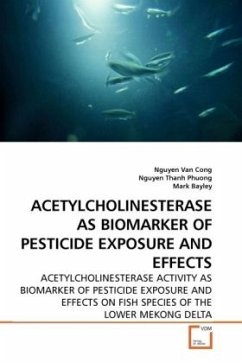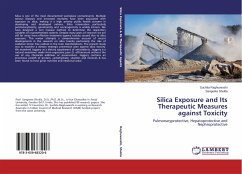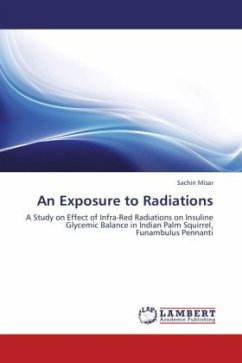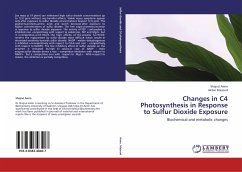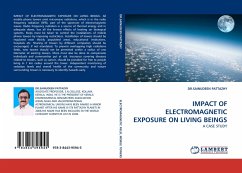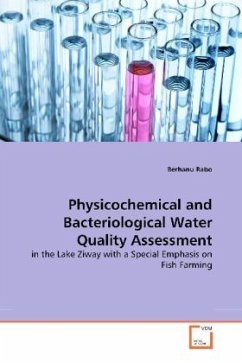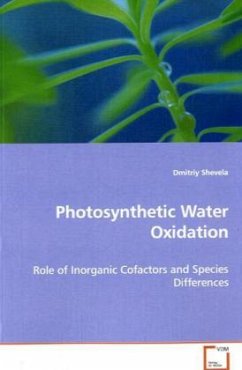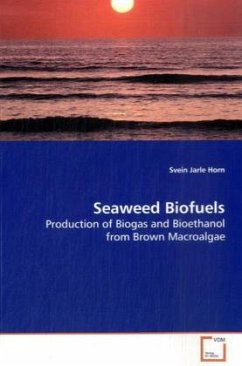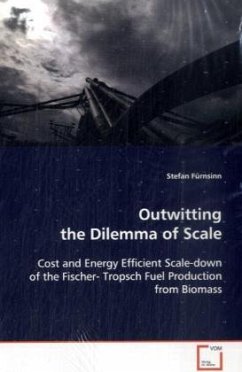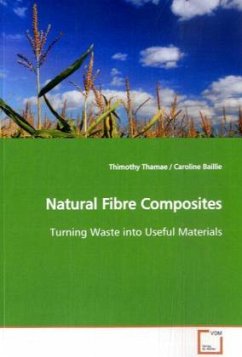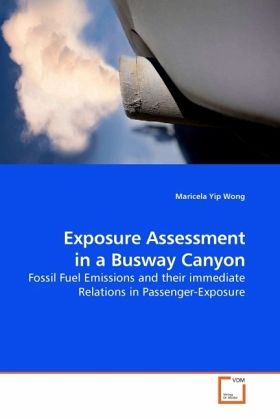
Exposure Assessment in a Busway Canyon
Fossil Fuel Emissions and their immediate Relations in Passenger-Exposure
Versandkostenfrei!
Versandfertig in 6-10 Tagen
52,99 €
inkl. MwSt.

PAYBACK Punkte
26 °P sammeln!
The study focuses on ultrafine particles (diameters less than 100 nm) emitted by diesel buses and assesses exposure to humans. The project examines particle inventory at the Woolloongabba busway station (Brisbane, Australia) over the winter months during which temperature inversions frequently occur. Since exhaust particles may be composed of toxic and carcinogenic substances it is the aim of this project to investigate the exposure to the waiting passengers. During the course of this study, a passenger census is conducted based on video surveillance, yielding person-by-person waiting time dat...
The study focuses on ultrafine particles (diameters less than 100 nm) emitted by diesel buses and assesses exposure to humans. The project examines particle inventory at the Woolloongabba busway station (Brisbane, Australia) over the winter months during which temperature inversions frequently occur. Since exhaust particles may be composed of toxic and carcinogenic substances it is the aim of this project to investigate the exposure to the waiting passengers. During the course of this study, a passenger census is conducted based on video surveillance, yielding person-by-person waiting time data. Furthermore, a bus census reveals accurate information about the total number of diesel versus buses powered by other means (e.g. CNG). Background particle load (outside of the bus station) and platform measurements of ultrafine particulate number-size distributions are made to determine ambient aerosol concentrations. It is assumed that significant differences between platform and background distributions are due to bus emissions which, combined with passenger waiting times, yield an estimate of passenger exposure to ultra-fine particles from diesel buses.



